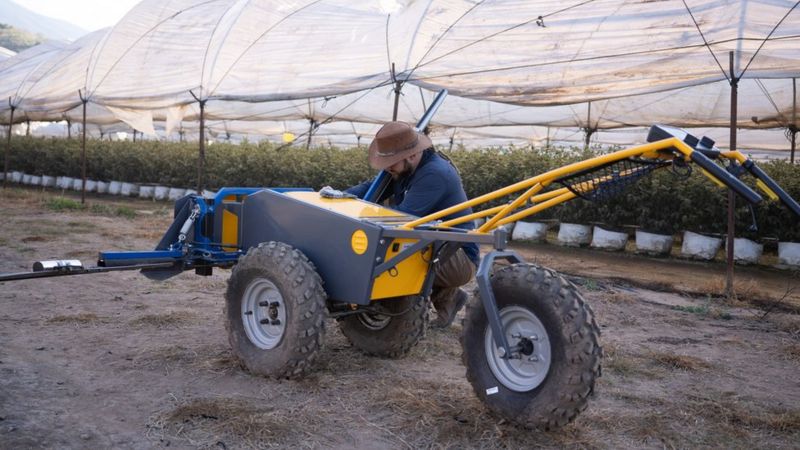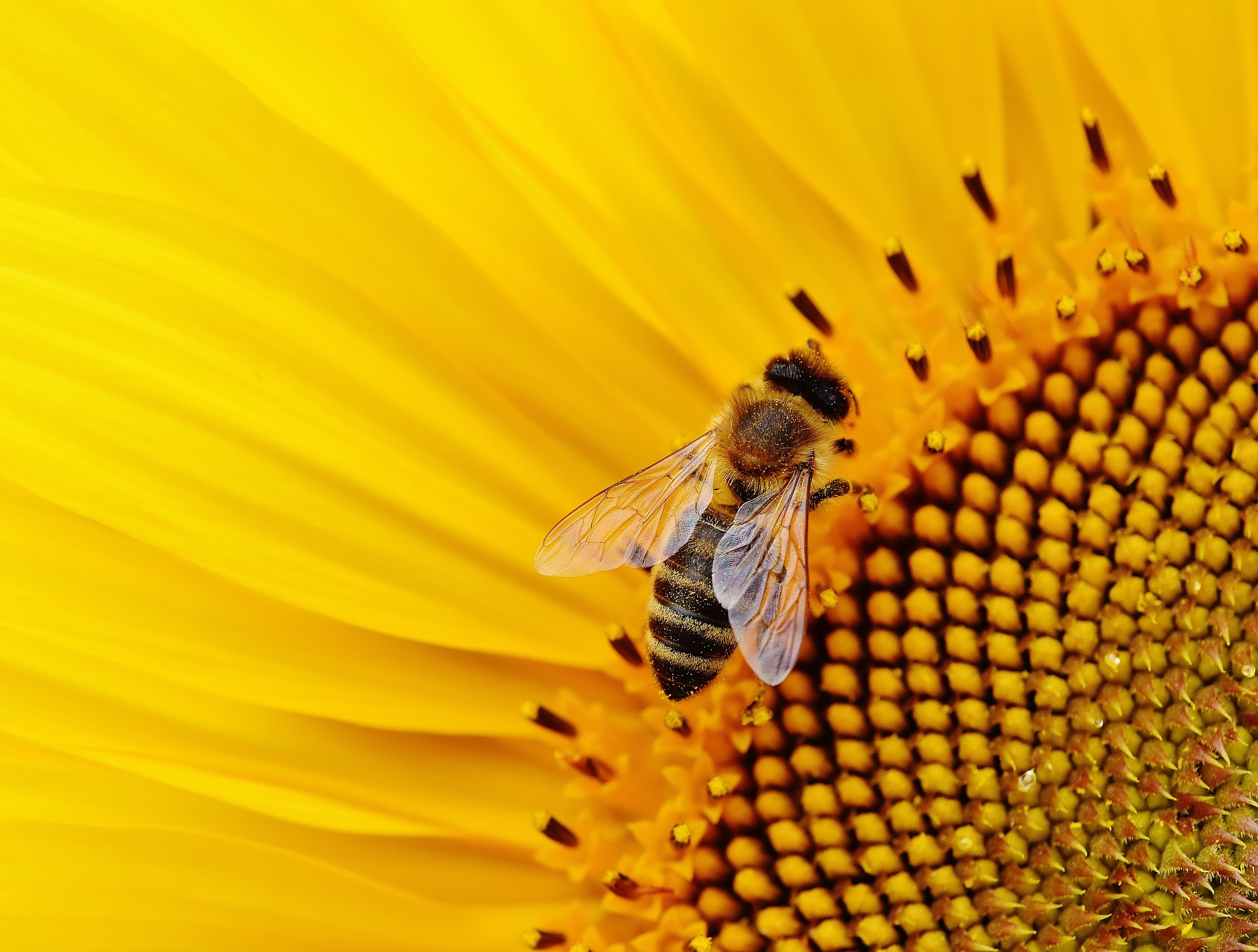In the sweltering morning heat of central Israel, Thai Sade tends to his avocado trees, preparing for artificial pollination. Mr. Sade, the founder of the tech company BloomX, has developed a method to mechanically pollinate crops, akin to the work of bees. However, he’s not looking to replace bees; instead, he aims to offer more efficient pollination methods to farmers while reducing their dependence on commercial honeybees.
Pollinators, particularly bees, play a crucial role in agriculture, with three out of every four crops worldwide relying on them to produce fruits or seeds for human consumption. In the US and Europe, bees contribute significantly to pollination, with honeybees and wild bee species doing the majority of the work. Unfortunately, bee populations are under threat due to factors like climate change, habitat loss, and pesticide use, including the devastating impact of the varroa destructor mite on European honeybees.
BloomX currently focuses on pollinating blueberries and avocados using its innovative technology, which can step in when local bee populations are insufficient. The company’s primary product, “Robee,” resembles a large push-along lawnmower with two mechanical arms that vibrate. When moved over blueberry plants, these arms cause the plants to release pollen, mimicking the vibrations of bumble bees that are highly effective pollinators of blueberries.

Another BloomX product, “Crossbee,” is a handheld tool designed to collect and spread sticky pollen grains between avocado trees. This technology is being adopted in various regions, including South America, South Africa, Spain, the US, and Israel, and it’s claimed to boost fruit yields by up to 30%. Both products are controlled through an AI-based software system connected to a mobile app and equipped with GPS for precise treatment tracking. Additionally, sensors can determine the optimal pollination days.
In California, home to 80% of the world’s almond production, honeybees are brought in from across the US for almond flowering season, which has led to concerns about bee shortages in other regions. Artificial pollination methods like those offered by BloomX may help address these shortages.
Eylam Ran, the CEO of another Israeli tech firm, Edete, emphasizes the importance of protecting bees. Edete has developed technology to store pollen for extended periods without deterioration, alongside machinery for pollen collection and application. They are currently working on pollinating pistachio and almond fields in California. Mr. Ran argues that reducing the reliance on honeybees can ease the pressure on these insects and allow them to return to more natural foraging patterns.
However, Diane Drinkwater from the British Beekeepers Association believes that prioritizing bee health and welfare could render artificial pollination largely unnecessary. She stresses that bees have successfully pollinated crops for millions of years, with some crops benefiting from migratory pollination to increase yields. Supporting bee populations can maintain the natural pollination process while sustaining beekeepers’ livelihoods.
The challenge lies in finding a balance between leveraging technology to support agriculture and preserving the vital role that bees play in our ecosystem.
Andy Halliday is a passionate outdoor enthusiast and an avid camper. He has been exploring the wilderness and camping in the great outdoors for over two decades, and his experiences have inspired him to write about the joys of camping and the beauty of nature.
As a camping enthusiast, he believes that spending time in the wilderness is not just a way to escape the daily grind, but also a way to connect with nature and gain a deeper appreciation for the natural world. Andy has camped in various locations across the country and on two different continents. He has a wealth of knowledge and experience to share with fellow campers.
Through his writing, he hopes to inspire you to venture out into the wilderness and experience the beauty and serenity of camping. Andy articles and guides provide useful tips, advice, and insights on everything from selecting the right gear and equipment to finding the best campsites and hiking trails.





